NASA Lucy Mission to fly past Earth before going to Jupiter's Trojan asteroids
NASA's Lucy Mission is about to make an Earth flyby on its way to Jupiter's Trojan asteroids. Here is all you need to know.
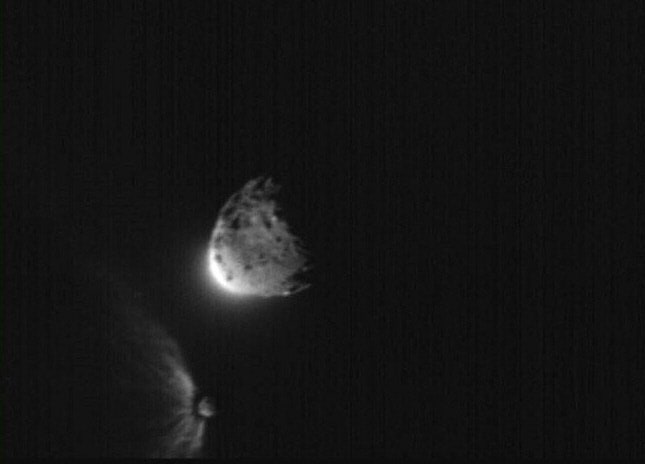
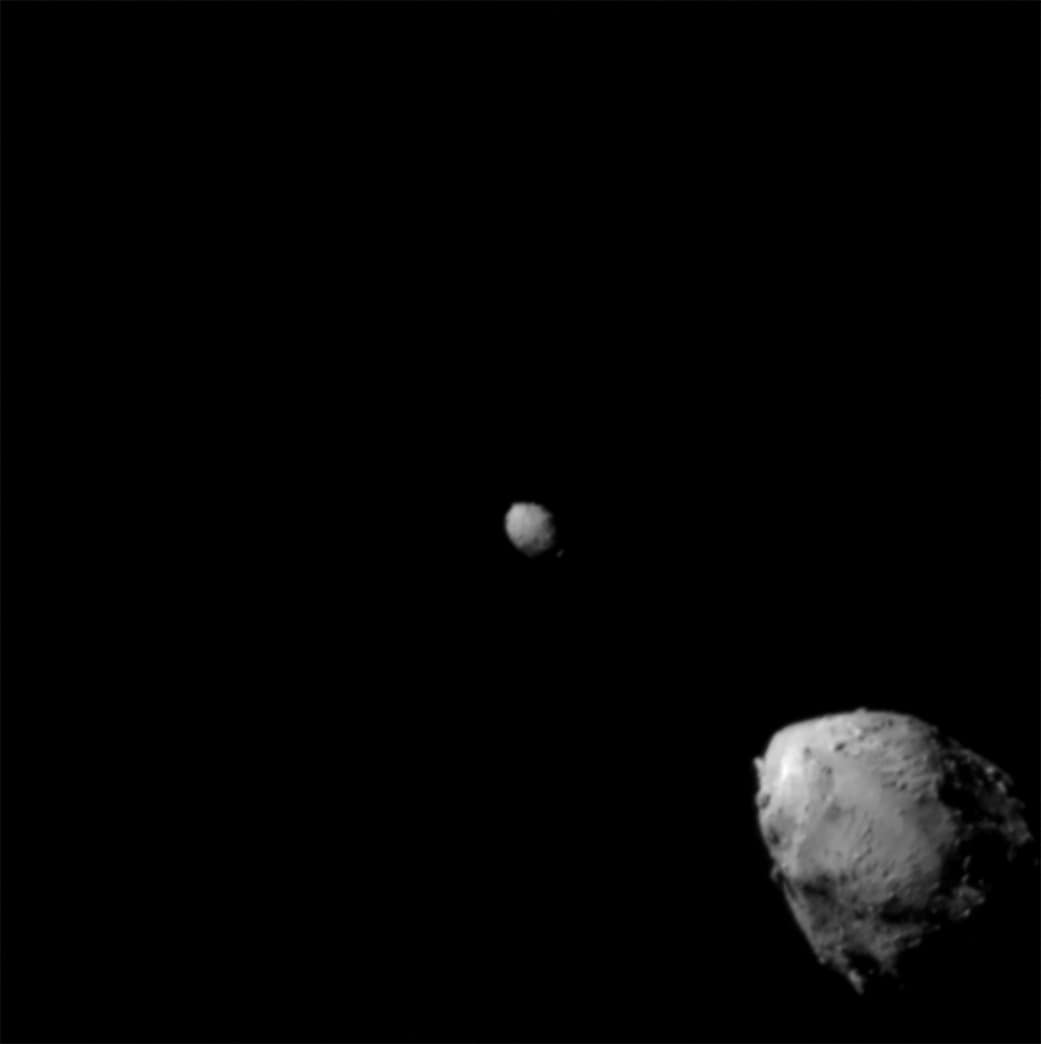
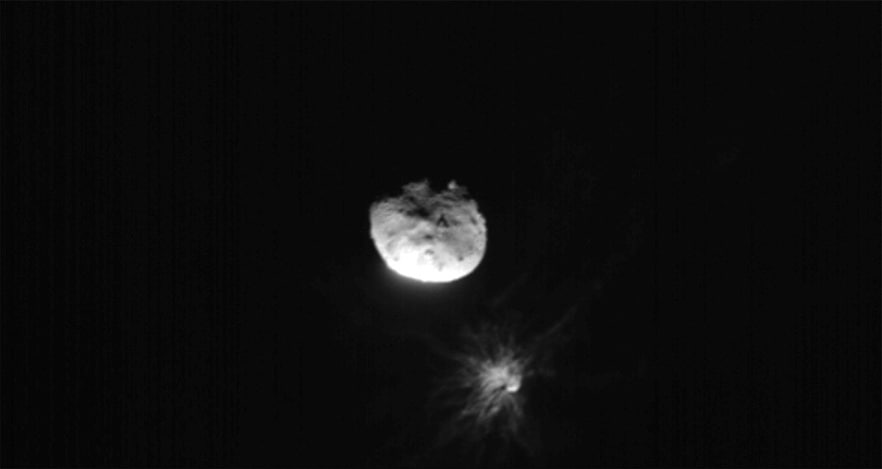
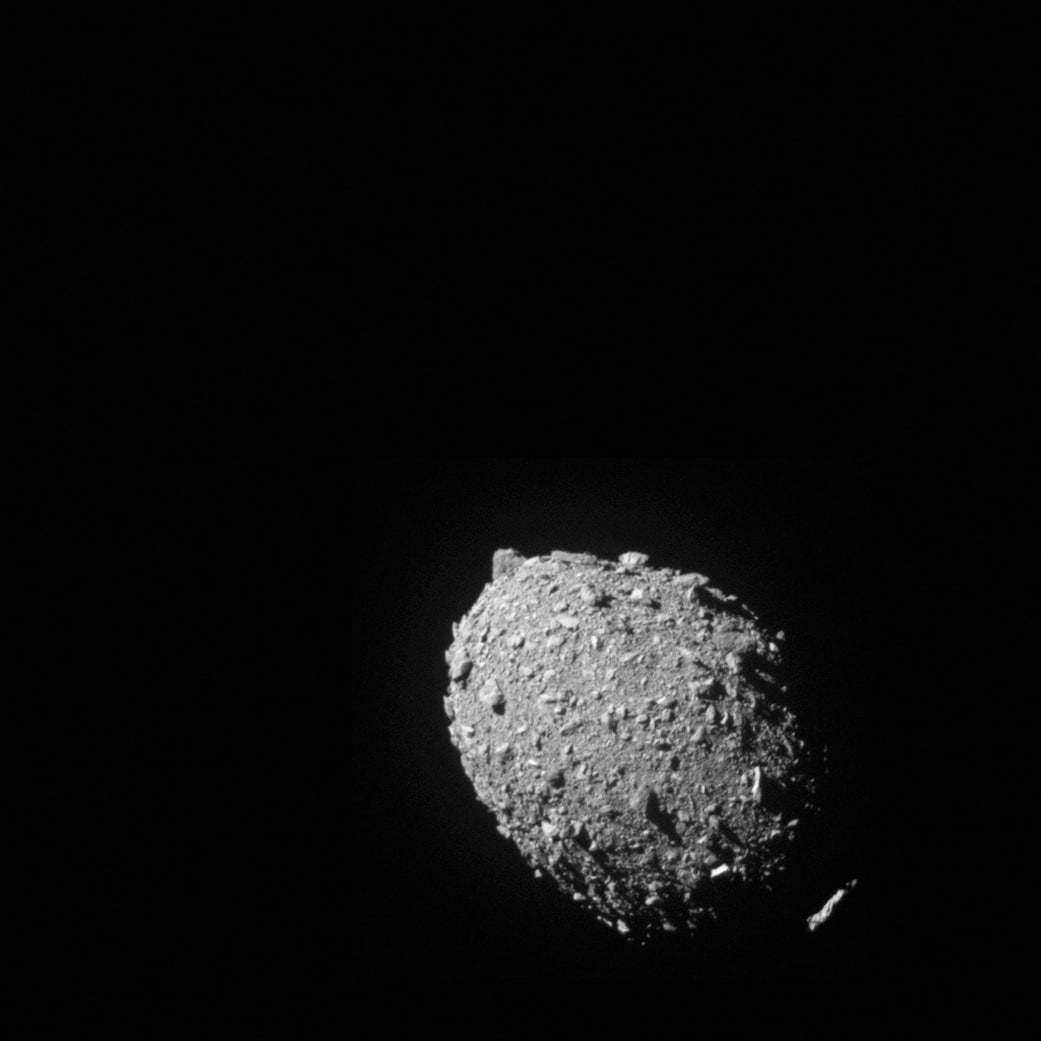
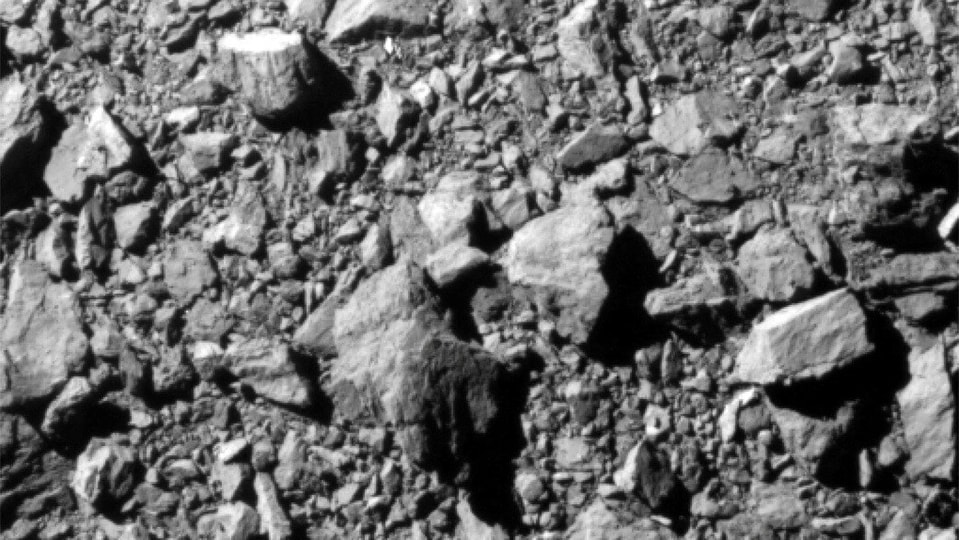
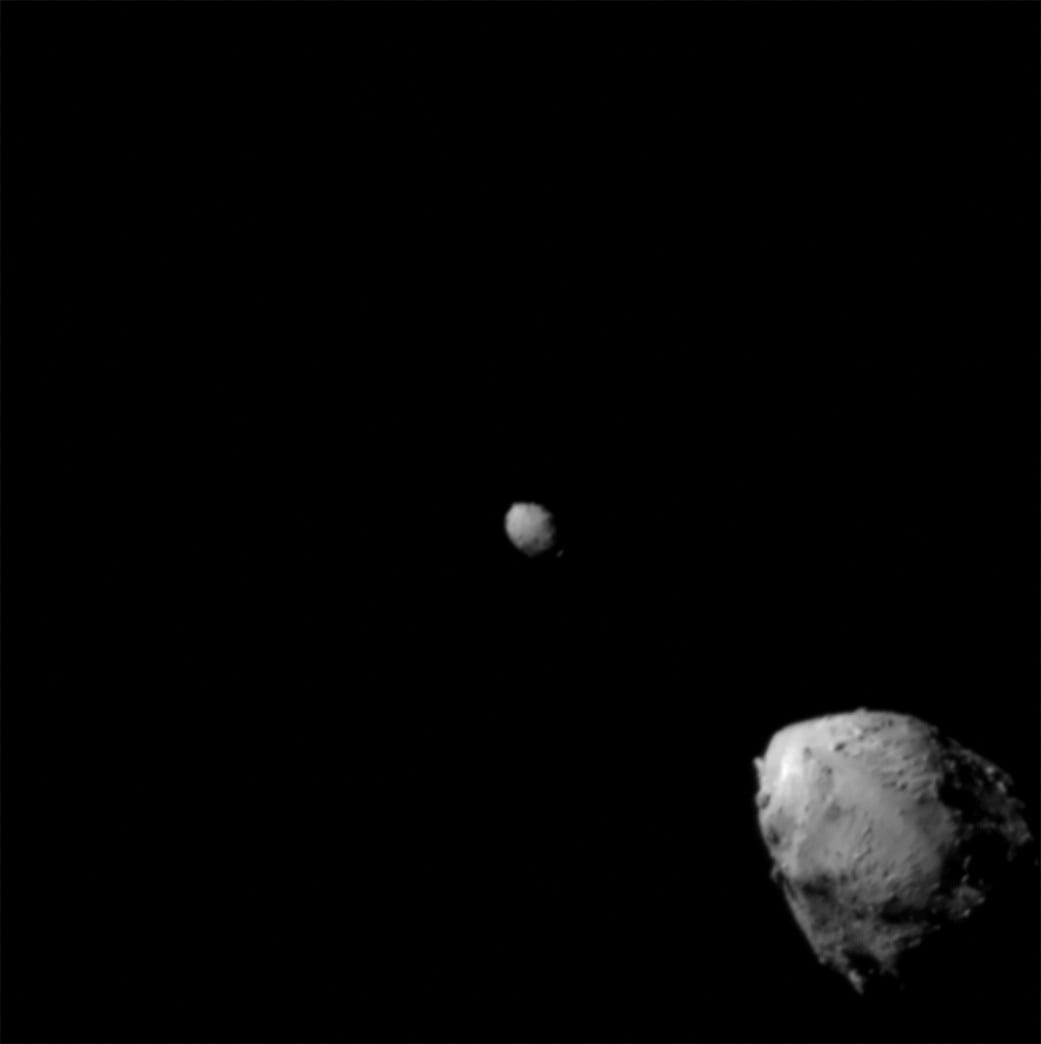
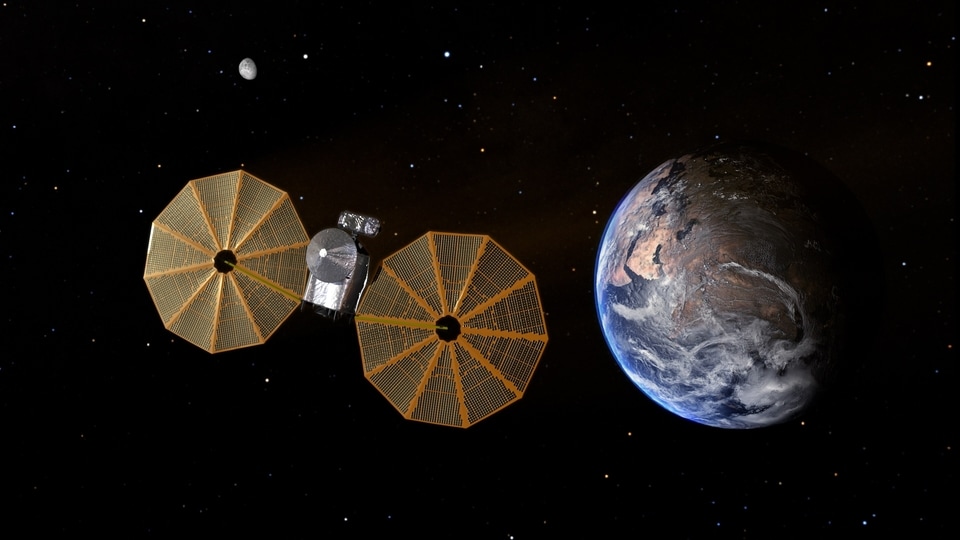
 View all Images
View all ImagesNASA's Lucy Mission is about to make an Earth flyby on its way to Jupiter's Trojan asteroids and the flyby may be visible to some parts of the globe while it passes. You can join Reddit AMA with mission scientists and navigators to ask questions about the mission and know more about it today, October 13. "Our #LucyMission is about to make an Earth flyby on its way to Jupiter's Trojan asteroids, and may be visible to some parts of the globe while it passes. Join us for a @Reddit AMA with mission scientists and navigators on Oct. 13 from 1pm ET (1700 UTC). http://reddit.com/r/NASA," NASA Solar System tweeted.
"Later this week, NASA's Lucy mission to explore the Trojan asteroids is about fly past Earth in a gravity assist maneuver (that will actually be visible from some places on the ground!), and NASA would like to mark this milestone by hosting an AMA about Lucy and the Earth flyby with experts from NASA and our Lucy mission partners. A new post will go up here a few hours before the AMA begins, so stay tuned!," NASA posted on Reddit.
What is NASA's Lucy Mission
NASA's Lucy mission is the first spacecraft launched to explore the Trojan asteroids, a population of primitive asteroids orbiting in tandem with Jupiter. The mission will explore a record-breaking number of asteroids, flying by one asteroid in the solar system's main asteroid belt, and by seven Trojan asteroids, according to the research organisation.
According to NASA, the spacecraft is traveling at roughly 67,000 mph (108,000 kph) on a trajectory that will orbit the Sun and bring it back toward Earth in October 2022 for the spacecraft's first gravity assist. That maneuver will accelerate and direct Lucy's trajectory beyond the orbit of Mars. The spacecraft will then swing back toward Earth for another gravity assist in 2024, which will propel Lucy toward the Donaldjohanson asteroid – located within the solar system's main asteroid belt – in 2025.
"Lucy will then journey toward its first Trojan asteroid encounter in the swarm ahead of Jupiter for a 2027 arrival. After completing its first four targeted flybys, the spacecraft will travel back to Earth for a third gravity boost in 2031, which will catapult it to the trailing swarm of Trojans for a 2033 encounter," NASA said.
Catch all the Latest Tech News, Mobile News, Laptop News, Gaming news, Wearables News , How To News, also keep up with us on Whatsapp channel,Twitter, Facebook, Google News, and Instagram. For our latest videos, subscribe to our YouTube channel.
































